Deep within Nelson Lakes National Park, on New Zealand 's South Island , lies a lake surrounded by steep, forested mountains and fed by the icy waters of Lake Constance.
The lake was discovered by the Maori people, who named it Rotomairewhenua, meaning "lake of peaceful lands." It became a sacred site where the ancient Maori cleansed the bones of the dead, believing this would ensure the souls a safe journey to their ancestral homeland of Hawaiki.
PHOTO: Nelson Tasman
Recently, hikers traversing the national park have commented on the lake's unusual color. Scientists have discovered that the lake's water, nestled beneath the high mountains, possesses "exceptional optical purity" with visibility ranging from 70 to 80 meters, and they consider it "the clearest freshwater ever reported."
The title of " world's clearest lake" and stunning landscape photos have since been widely shared on social media, making the lake a popular tourist destination from December to March (summer in New Zealand). But conservationists and the Maori people worry that this increasing popularity could threaten the lake's purity.
Their biggest concern is the spread of Lindavia, a microscopic algae colloquially known as "nose lake" because of the slime it produces that hangs just below the water's surface. This algae has been present downstream of Rotomairewhenua (also known as Blue Lake) in Lakes Rotoiti, Rotoroa, and Tennyson, and is thought to have spread from hikers' boots or in their water bottles.
"Navel Lake"
Phil Novis, a scientist at the environmental institute Landcare Research, speculates that Lindavia is an invasive species that arrived in New Zealand from North America, possibly via fishing gear. The first records of it in the country date back to the early 2000s, and it has since spread quite widely. "Humans are the main culprit," he says, explaining that in previous research, his team collected and tested sediment cores from 380 lakes in New Zealand, and the only lakes with a presence of Lindavia were those easily accessible to humans.
The lake is located high in the mountains and surrounded by steep forests. PHOTO: Janet Newell
He added that just a tiny particle of it could change the lake's ecosystem forever and that it could be spread quite easily in water droplets. He recalled a case where he found a sample of Lindavia on the chest hair of a man who had swum several kilometers across Lake Wānaka, in the Otago region of New Zealand.
Although known to be non-toxic to humans, this type of algae secretes long, viscous strands called slime, which, when concentrated, can be a nuisance—clogging fishing lines, boat filters, or hydroelectric systems. In the case of Rotomairewhenua, the layer of slime it produces can obscure the lake's exceptional clarity.
Protect the purity of the lake.
According to the New Zealand Conservation Agency, which collects voluntary data from hikers at a visitor hut near Rotomairewhenua, the number of visitors has more than doubled since 2013, when the lake's clarity study was published. Most people hike to the lake on two- or seven-day treks or as part of the Te Araroa long trail, which stretches the entire length of New Zealand.
Melissa Griffin, a senior biodiversity ranger for Lake Nelson at the Department of Conservation, said the title "world's clearest lake" and the social media buzz certainly contributed to its popularity. "The lake was beautiful, famous, but not very popular. Then, when it got the title, it attracted more hikers to the lake."
PHOTO: Nelson Lakes National Park
Therefore, the Conservation Department implemented biosecurity measures along the route. They installed cleaning stations next to the lake, with signs instructing hikers to clean their shoes and equipment before going to Rotomairewhenua as it could potentially carry new species. They also urged visitors not to touch the water – whether swimming, wetting towels to cool down, or submerging a GoPro to take underwater photos…
Source: https://thanhnien.vn/ho-nuoc-trong-nhat-the-gioi-noi-du-khach-phai-lau-sach-giay-dep-khi-ghe-tham-185250218104352068.htm


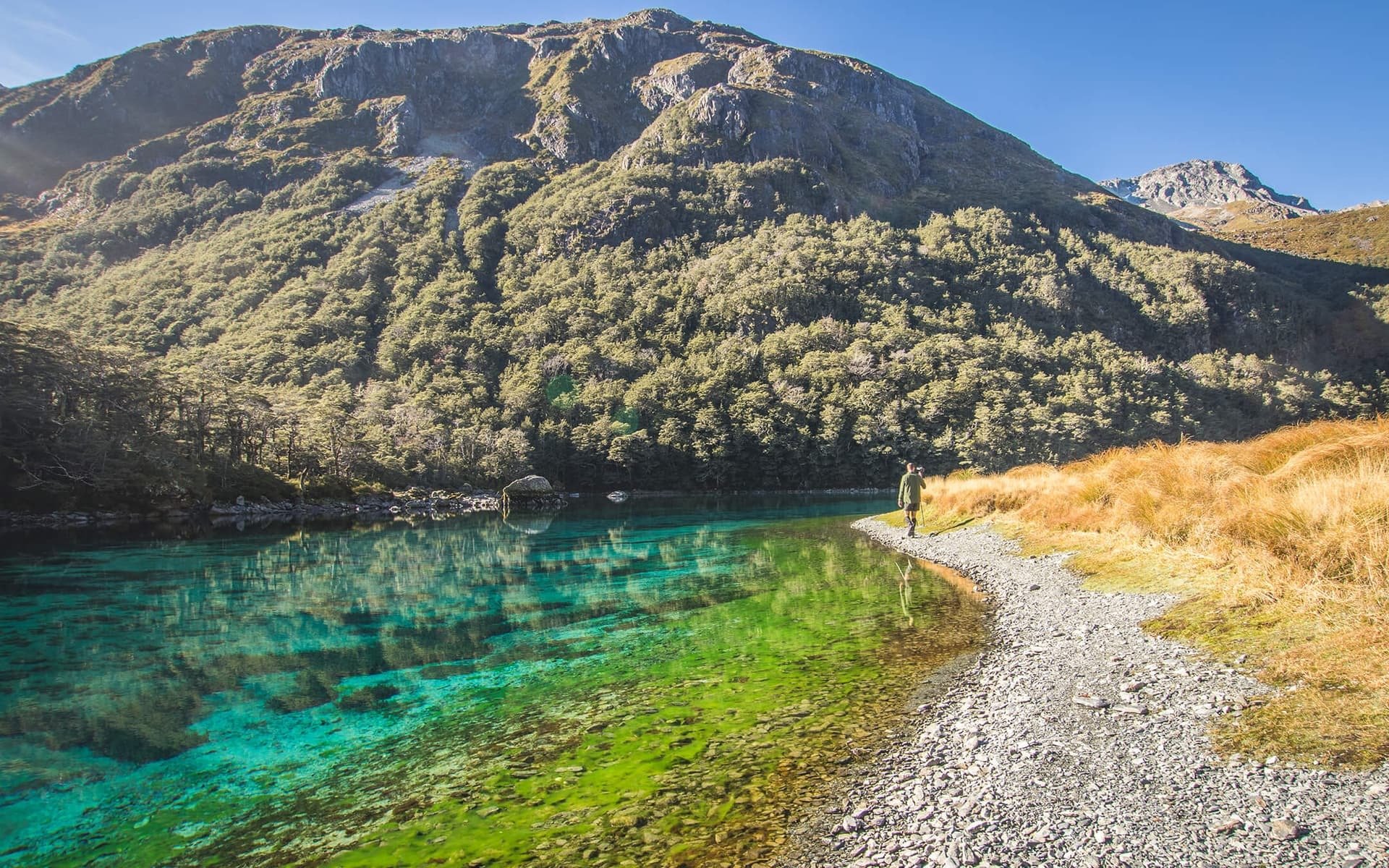

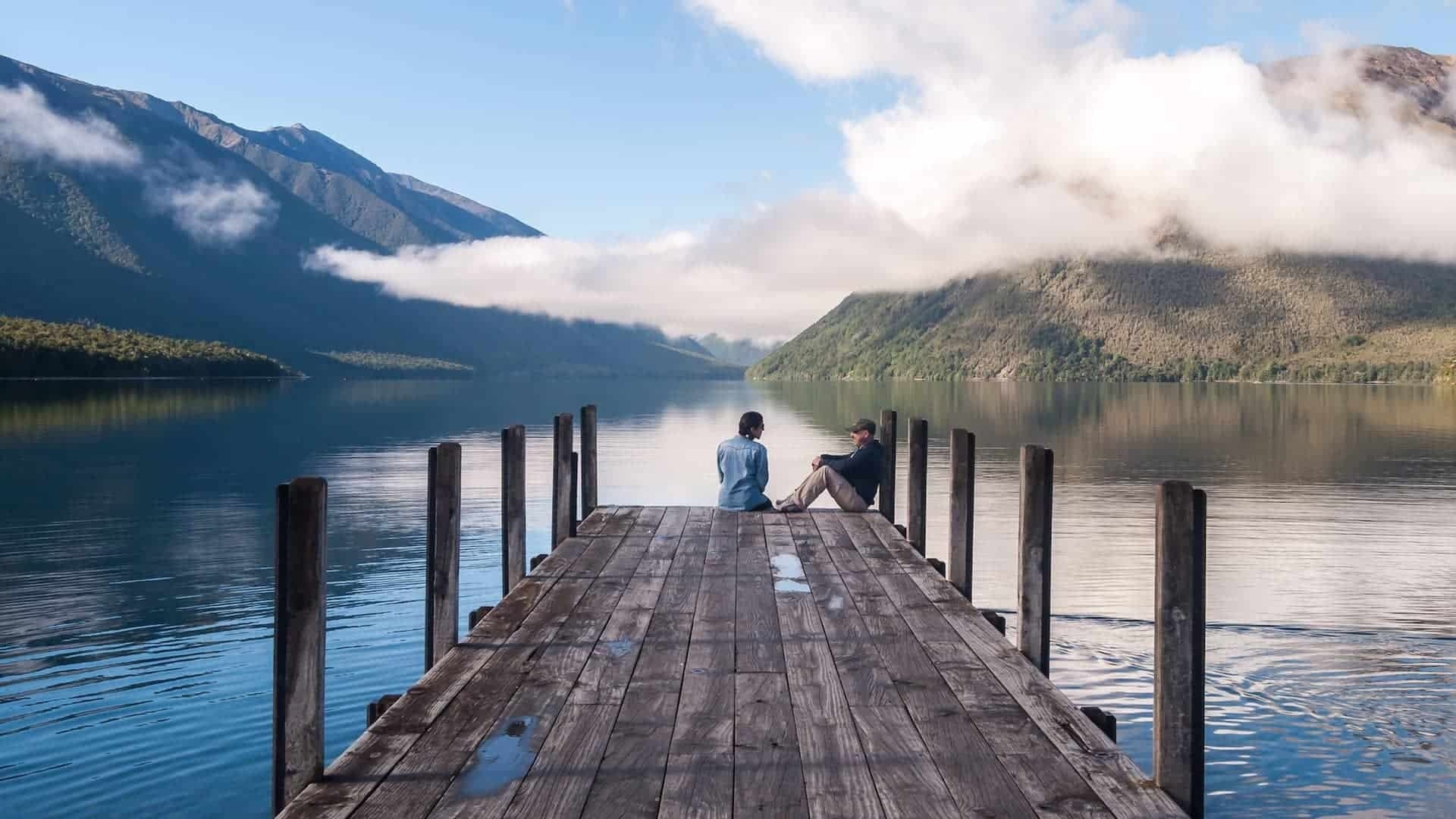
![[Photo] Closing Ceremony of the 10th Session of the 15th National Assembly](/_next/image?url=https%3A%2F%2Fvphoto.vietnam.vn%2Fthumb%2F1200x675%2Fvietnam%2Fresource%2FIMAGE%2F2025%2F12%2F11%2F1765448959967_image-1437-jpg.webp&w=3840&q=75)
![[Photo] Prime Minister Pham Minh Chinh holds a phone call with the CEO of Russia's Rosatom Corporation.](/_next/image?url=https%3A%2F%2Fvphoto.vietnam.vn%2Fthumb%2F1200x675%2Fvietnam%2Fresource%2FIMAGE%2F2025%2F12%2F11%2F1765464552365_dsc-5295-jpg.webp&w=3840&q=75)






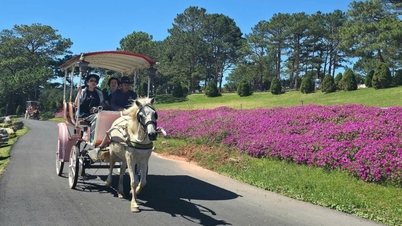






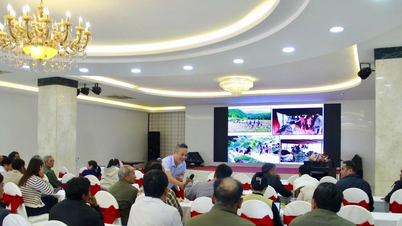



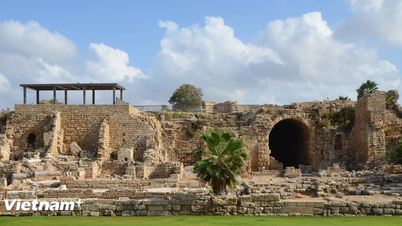












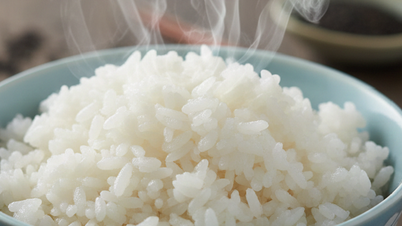

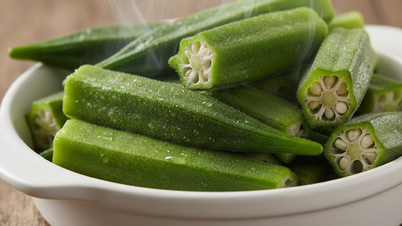


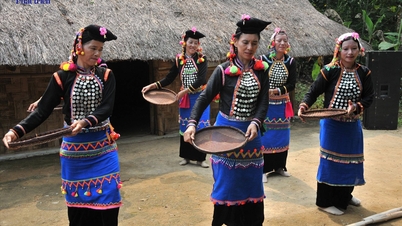




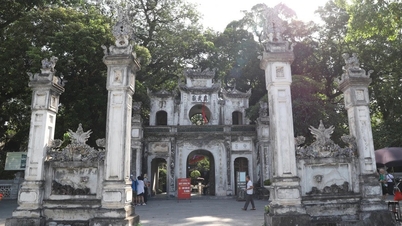











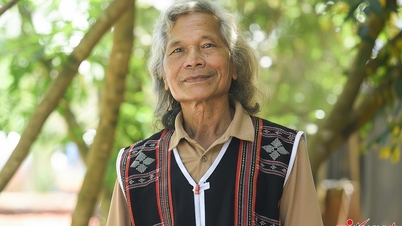



![[OFFICIAL] MISA GROUP ANNOUNCES ITS PIONEERING BRAND POSITIONING IN BUILDING AGENTIC AI FOR BUSINESSES, HOUSEHOLDS, AND THE GOVERNMENT](https://vphoto.vietnam.vn/thumb/402x226/vietnam/resource/IMAGE/2025/12/11/1765444754256_agentic-ai_postfb-scaled.png)
















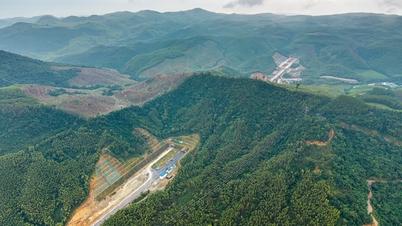

































Comment (0)